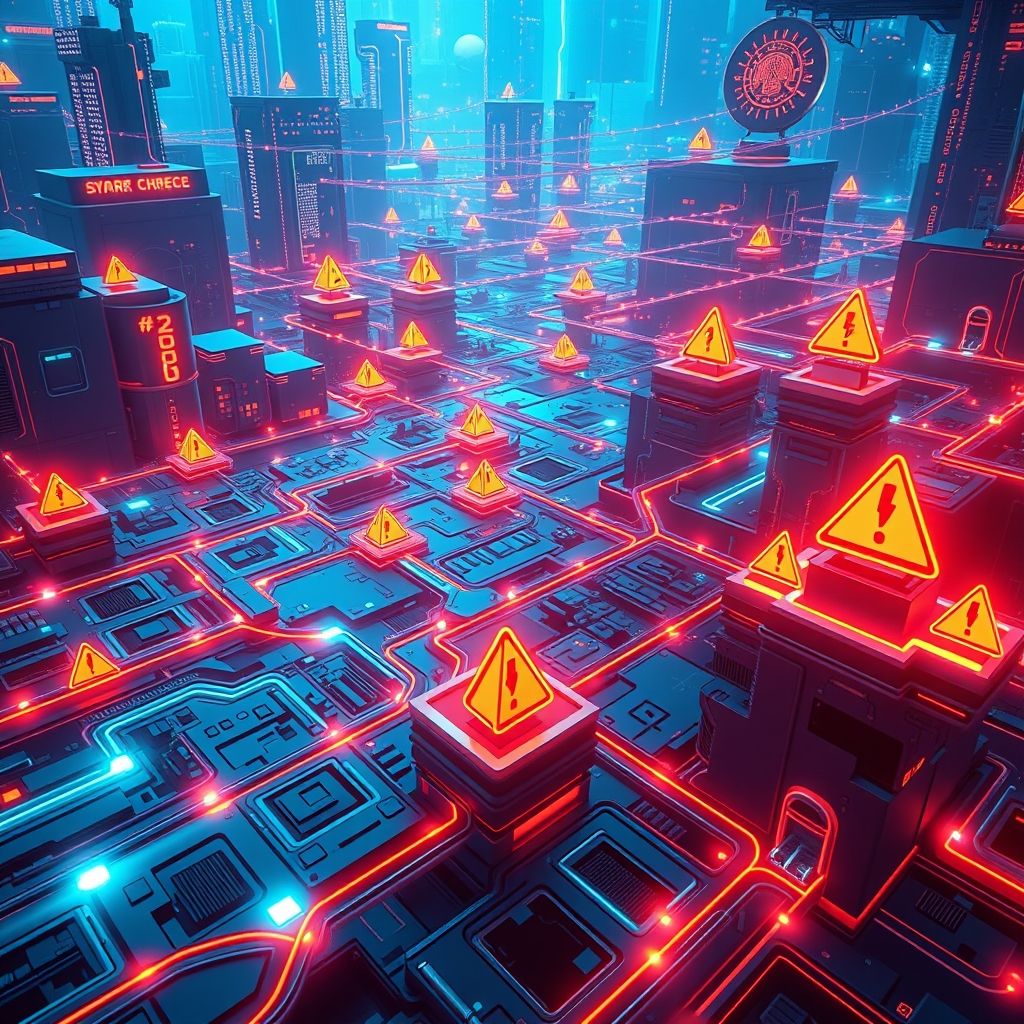What are the potential risks of using smart contracts?
What Are the Potential Risks of Using Smart Contracts?
In the fast-paced world of decentralized finance and blockchain technology, smart contracts have become the buzzword everyone’s talking about. These self-executing agreements, coded on blockchain networks, promise transparency, automation, and efficiency that traditional contracts can’t match. But as with everything high-tech and innovative, they come with their own set of risks—risks that could trip up even the most prepared traders or investors. Understanding these pitfalls is key to harnessing the full potential of smart contracts without falling into costly traps.

Trust in the Code—or Lack Thereof
Smart contracts are often dubbed “trustless,” but don’t mistake that for foolproof. These contracts rely entirely on code, and if there’s a flaw or bug lurking, it can be exploited. Think back to the infamous DAO hack back in 2016—that entire project was drained because of an overlooked vulnerability, leading to a controversial blockchain hard fork. It’s a stark reminder: code isn’t infallible. With millions invested in DeFi projects, even a tiny bug can result in significant losses.
Security Vulnerabilities and Exploits
While blockchain is celebrated for its security, smart contracts arent immune. Hackers often target vulnerabilities in the contract’s code—things like re-entrancy attacks, overflow bugs, or poorly validated inputs. For example, the “BZX hack” in 2020 saw attackers manipulate smart contract logic to drain funds. When contracts handle financial assets—like forex, stocks, or crypto—they become prime targets, and a single exploit can wipe out years of gains. To mitigate this, developers recommend rigorous code audits and testing, but not all projects bet on this sufficiently.
Immutable Mistakes and Lack of Flexibility
Once a smart contract goes live, it’s set in stone—literally immutable. That’s a massive advantage in avoiding tampering but a double-edged sword if an error is detected afterward. Imagine mistakenly coding an asset swap that could lead to unintended losses. Instead of correcting the mistake in real-time, developers might need to deploy a new contract, which complicates things and could introduce new risks. For traders engaging in high-stakes asset exchanges, its like driving a car with no brakes—you need perfect precision from the get-go.
Regulatory Uncertainty and Legal Gray Areas
Unlike traditional finance, the regulatory landscape for blockchain and smart contracts remains foggy. Laws differ around the globe, and many jurisdictions haven’t clarified how these agreements fit into existing legal frameworks. The risk? A smart contract that’s perfectly valid today might face legal challenges tomorrow. For traders who leverage smart contracts for derivatives like options or commodities, this ambiguity can translate into compliance risks or even asset freezes.
Market Volatility and Oracles
Smart contracts often depend on external data feeds—called oracles—to trigger actions based on real-world information, like asset prices or indices. But these oracles aren’t immune to manipulation or failure. Flash crashes, incorrect data reporting, or even malicious attacks on these data sources can cause contracts to execute incorrectly. For instance, if a crypto index reported artificially inflated prices due to a faulty oracle, it could trigger unwarranted trades, compounding losses for traders juggling multiple asset classes.
Future Trends: AI and Smart Contract Integration
Looking ahead, the convergence of AI with smart contracts could revolutionize Web3 finance. Imagine AI-powered systems that detect vulnerabilities in real time, optimize trading strategies, or even negotiate contract terms autonomously. While this unlocks enormous potential—like more secure, smarter, and more adaptable contracts—it also introduces new risks: AI bias, unpredictability, and the challenge of controlling autonomous systems. As these technologies evolve, the key will be developing safety nets—robust testing, multi-layer security protocols, and transparent AI algorithms.
The Decentralized Finance Frontier—Opportunities & Challenges
DeFi’s rapid growth paints a promising horizon: borderless asset trading, yield farming, and unlocking financial inclusion. But it also brings risks of protocol failures, liquidity crises, and regulatory crackdowns. Fine-tuning risk management—such as setting clear leverage limits, deploying diversified strategies, and incorporating safety measures—becomes even more vital as smart contracts take center stage. With advanced analysis tools and safer infrastructure, traders can explore this vibrant space more confidently.
Embracing the Future—Smart Contracts, AI, and Beyond
There’s no denying that smart contracts enable a level of automation and transparency that traditional finance can only dream of. The expanding role of AI promises more resilient, intelligent, and self-regulating systems. However, the journey isn’t free of hurdles—security, legal, and technical risks continue to pose challenges. Staying informed, practicing diligent due diligence, and deploying layered safeguards will help navigate this complex but exciting landscape.
In the end, smart contracts are a revolution in the making. But like all powerful tools, they come with risks—be aware, stay prepared, and harness their full potential without falling victim to unforeseen pitfalls.